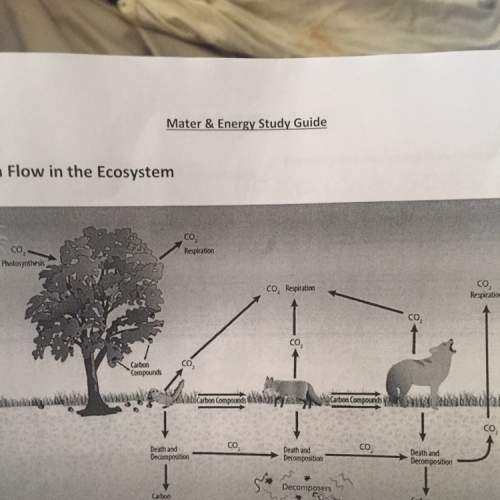
Genetic variation in bacterial populations can result from all of the following EXCEPT (2 points)
conjugation
meiosis
mutations
transduction
2.
The figure below depicts changes in the DNA content of a recipient cell engaged in conjugation with an Hfr cell. Hfr cell DNA begins entering the cell at Time A. A fragment of the recipient's chromosome is replaced with a homologous fragment from the Hfr cell's DNA.
A line graph shows the amount of DNA present in the recipient cell vs. time. The amount of DNA increases at time A, increasing steadily till it reaches its maximum value just before time C. At time C, the amount of DNA drops significantly, falling back to an amount equal to the starting amount at time A. The amount of DNA content remains constant from time C to D.
© 2012 FLVS
How is the recipient cell different at Time D than it was at Time A? (2 points)
It has a different sequence of base pairs.
It has a greater number of genes.
It has a lower mass of DNA.
It contains bacteriophage DNA.
3.
How does sexual reproduction compare to DNA transfers in prokaryotes? (2 points)
Both increase genetic diversity.
Sexual reproduction results in greater evolutionary change.
DNA transfer in prokaryotes allows for fewer errors and mutations.
I only
I and II
I and III
I, II, and III
4.
Two eukaryotic proteins have one domain in common but are otherwise very different. Which of the following processes is the most likely to have contributed to this similarity? (2 points)
exon shuffling
gene duplication
histone modifications
random point mutations
5.
This figure shows a diagram of genes on human chromosome 16 and the locations of blocks of similar genes on four chromosomes of a mouse:
The genes that are found on human chromosome 16 are found separately on four different chromosomes in a mouse.
The movement of these blocks suggests that over the course of evolution, these sequences have separated and returned to their original positions
chromosomal translocations have moved blocks of DNA sequences to other chromosomes
the DNA sequences within these blocks have become increasingly divergent over evolutionary time
higher mammals have more convergence of gene sequences that are related to each other in function
6.
Describe the three main mechanisms of DNA transfer from one bacterial cell to another and explain what distinguishes each from the others. (5 points)

Answers: 1
Other questions on the subject: Biology

Biology, 21.06.2019 22:30, suieemage
Last week i was assigned a thematic. we have groups of three but the people i was assigned with haven't been in school for days. i would appreciate if anyone can me with my thematic . i highlighted most of the important steps and i circled my thematic topic. in desperate need : ( its due on february 19
Answers: 1

Biology, 22.06.2019 05:00, buywickless
According to this food web which of the following would be considered primary consumers
Answers: 1

Biology, 22.06.2019 18:00, summerhumphries3
After a group of researchers conducts a new experiment that has never been conducted before, what is the best way for other scientists to make sure that the data is real
Answers: 2
Do you know the correct answer?
Genetic variation in bacterial populations can result from all of the following EXCEPT (2 points)...
Questions in other subjects:

English, 11.07.2019 23:30







Biology, 11.07.2019 23:30








